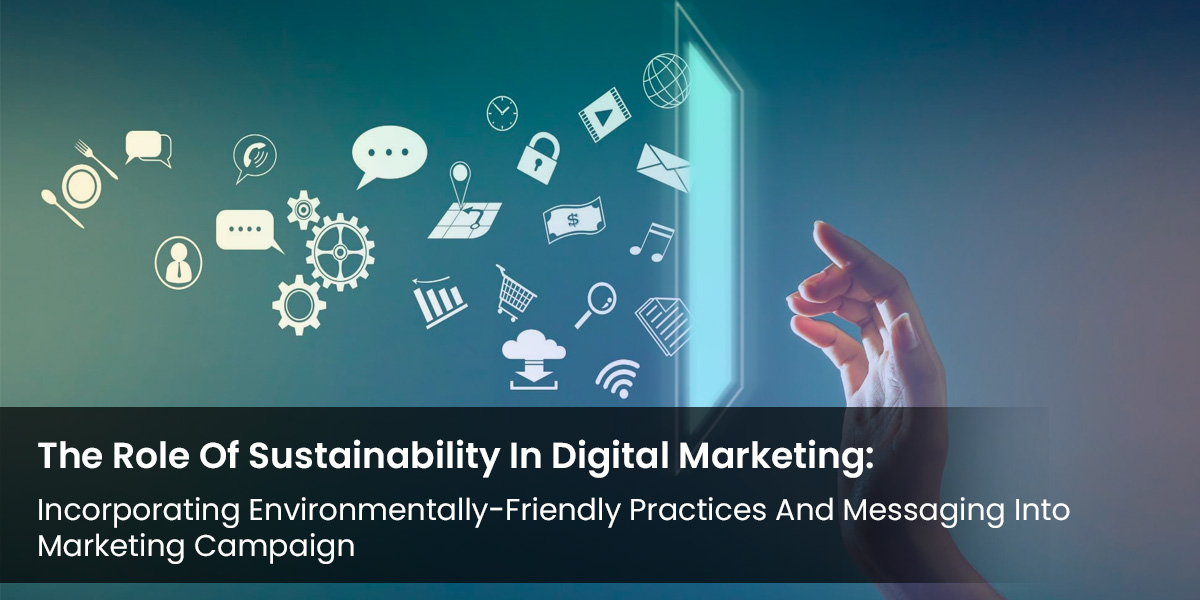Image Source: FreeImages
Table of Contents
- Introduction
- The Need for Addressing Carbon Emissions
- Lack of Incentives and Coordinated Efforts
- Publishers: Unfair Burden and Negotiation Tactics
- The Role of Programmatic System in Carbon Emissions
- The Call for Standardization in Carbon Emissions Measurement
- Incremental Steps Towards Sustainability
- Traffic Shaping and SPO as Strategies for Reducing Carbon
- Magnite’s Partnership for Sustainable Options
- Bid Duplication: A Common Practice with Carbon Emissions Impact
- Conflict of Revenue and Financial Incentives
- Shifting Buy-Side Budgets Towards Sustainability
1. Introduction
The digital advertising industry is facing numerous challenges in its quest for sustainability. In the midst of these challenges, the priority of sustainability is often overshadowed by other pressing issues. However, the urgency to address carbon emissions is clear, considering the potential global catastrophe it may lead to. Despite the growing awareness and discussions about the need to prioritize sustainability, the industry lacks sufficient incentives and coordinated efforts to rally advertisers, agencies, publishers, and ad intermediaries around this issue. Let’s explore Sustainability in Digital Advertising: Challenges and Incentives.
2. The Need for Addressing Carbon Emissions
The impact of carbon emissions on the environment cannot be ignored. The digital advertising industry, with its vast infrastructure and data transmission, contributes significantly to carbon waste. As the world becomes more conscious of the need to reduce carbon emissions, the industry must take responsibility and find ways to minimize its environmental footprint.
3. Lack of Incentives and Coordinated Efforts
While many voices within the industry acknowledge the importance of sustainability, there is a lack of concrete action to incentivize and unite stakeholders in reducing carbon emissions. Publishers, in particular, feel burdened with the responsibility of solving the problem, despite being put in this position by the nature of the programmatic ecosystem. There is a sense of frustration among media executives who believe that sustainability is just another term thrown around by marketers as a publicity stunt, expecting publishers to shoulder the responsibility.
4. Publishers: Unfair Burden and Negotiation Tactics
Publishers are often asked to bear the brunt of reducing carbon emissions in the programmatic supply chain through supply path optimization (SPO). However, they argue that the programmatic system was designed to drive down costs, forcing publishers to seek additional monetization opportunities that may generate excess carbon waste. The focus on SPO at the publisher level overlooks the behavior of SSPs (Supply-Side Platforms) and the scale of data transmission they facilitate.
“This feels like yet another thing that publishers are being saddled with the custody and are unilaterally being the responsible party to solve [the problem] when, frankly, we’ve been put in this position by the nature of the programmatic ecosystem.” – Anonymous programmatic revenue exec at a media company.
5. The Role of Programmatic System in Carbon Emissions

The programmatic system, while efficient in driving down costs, has unintended consequences for carbon emissions. Publishers are forced to send multiple requests to SSPs, resulting in excessive data transmission and potential carbon waste. However, some SSPs, agencies, and ad tech companies argue that they are actively working to reduce carbon emissions and place the blame on the lack of standardization in measuring emissions. This confusion hinders progress in getting the industry on board with sustainability measures.
6. The Call for Standardization in Carbon Emissions Measurement
A major hurdle in addressing carbon emissions in digital advertising is the lack of standardization in measuring emissions. Without a universal approach to measuring emissions, it becomes challenging for buyers to effectively allocate budgets based on emissions. However, incremental steps, such as traffic shaping and eliminating bid duplication, have been taken by ad exchanges to reduce carbon emissions while simplifying the programmatic marketplace.
7. Incremental Steps Towards Sustainability
Ad exchanges have started implementing strategies to reduce carbon emissions, which also contribute to simplifying the chaotic programmatic marketplace. Traffic shaping and supply path optimization are examples of such strategies. For instance, Magnite, a global sell-side platform, has partnered with digital advertising optimization provider Greenbids to inform buyers about more sustainable options when purchasing digital inventory through Magnite’s ad exchange. This collaboration aims to optimize campaigns with lower carbon emissions while maintaining performance for advertisers.
“In early tests, campaigns that were bought through Greenbids saw a 24% reduction in carbon emissions while still delivering the same performance to the advertiser.” – Julie Selman, Head of EMEA at Magnite.
8. Traffic Shaping and SPO as Strategies for Reducing Carbon
Traffic shaping and supply path optimization are not only effective in simplifying the programmatic ecosystem but also play a crucial role in reducing carbon emissions. By optimizing data transmission and eliminating unnecessary bid duplication, publishers and SSPs can significantly minimize their carbon footprint. However, it is important to strike a balance between sustainability measures and financial incentives, as publishers cannot be expected to take actions that go against their bottom line.
9. Magnite’s Partnership for Sustainable Options
Magnite’s partnership with Greenbids exemplifies the industry’s commitment to reducing carbon emissions. By sharing traffic shaping data, Magnite and Greenbids can continually optimize campaign solutions that have lower carbon emissions while maintaining performance. This collaboration sets an example for other stakeholders in the industry to prioritize sustainability and actively seek solutions to minimize their environmental impact.
10. Bid Duplication: A Common Practice with Carbon Emissions Impact
Bid duplication, while sometimes seen as spammy behavior in the ad tech world, is a common practice among ad servers. Ad servers often send multiple bids for the same ad slot, increasing the probability of making money. However, this practice also contributes to carbon emissions. Ad tech companies and stakeholders need to evaluate their motivations for bid duplication and actively combat against unnecessary carbon waste.
11. Conflict of Revenue and Financial Incentives
One of the challenges in promoting sustainability in digital advertising is the conflict between reducing carbon emissions and financial incentives. Sharethrough, for example, offers low-emissions offerings by excluding high-emissions publishers and offsetting remaining carbon emissions. However, the financial impact of reduced carbon emissions on publishers is not yet significant enough to drive behavior change. Incentivizing publishers to reduce their carbon emissions requires a shift in buy-side budgets towards sustainability-focused partners.
12. Shifting Buy-Side Budgets Towards Sustainability

The buy-side, including advertisers, agencies, and other ad tech partners, plays a crucial role in driving sustainability in digital advertising. While client budgets are not currently based on carbon emissions data, there is growing interest in understanding the environmental impact of ad campaigns. Some buy-side entities have started optimizing campaigns to avoid working with publishers who are considered worst offenders in terms of carbon emissions. Shifting buy-side budgets towards sustainability-focused partners will encourage publishers and other stakeholders to prioritize carbon emissions reduction.
“The momentum to get people to actively shift their thinking around sustainable media equaling more revenue will ultimately come from the buy-side shifting budgets toward publishers, SSPs, DSPs, and other ad tech partners who are practicing lowering emissions.” – Curt Larson, Chief Product Officer at Sharethrough.
In conclusion, sustainability remains a vital but often overlooked aspect of the digital advertising industry. While there is growing awareness and discussions about the need to reduce carbon emissions, there is a lack of sufficient incentives and coordinated efforts to drive change. Stakeholders, including publishers, SSPs, and ad tech companies, must work together to implement incremental steps towards sustainability, such as traffic shaping, supply path optimization, and bid duplication reduction. Additionally, the industry needs standardized methods for measuring carbon emissions to effectively allocate budgets. By shifting buy-side budgets towards sustainability-focused partners, the industry can promote a more environmentally conscious approach to digital advertising.

